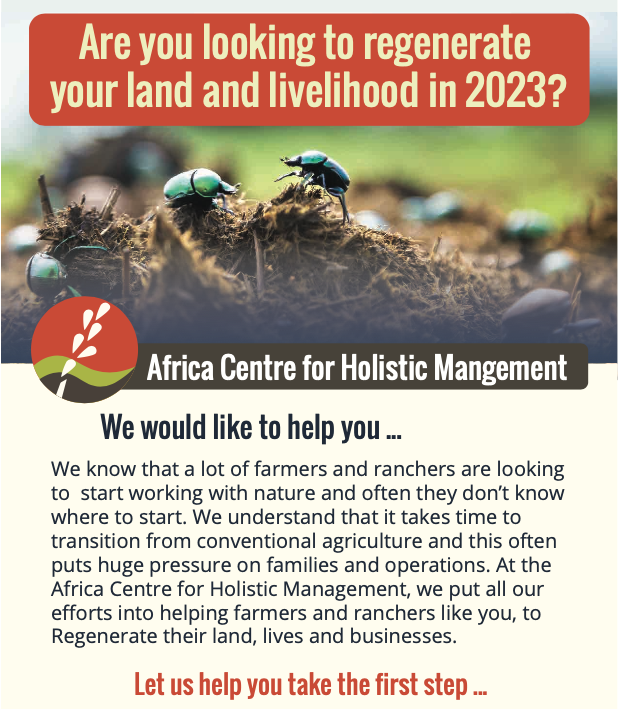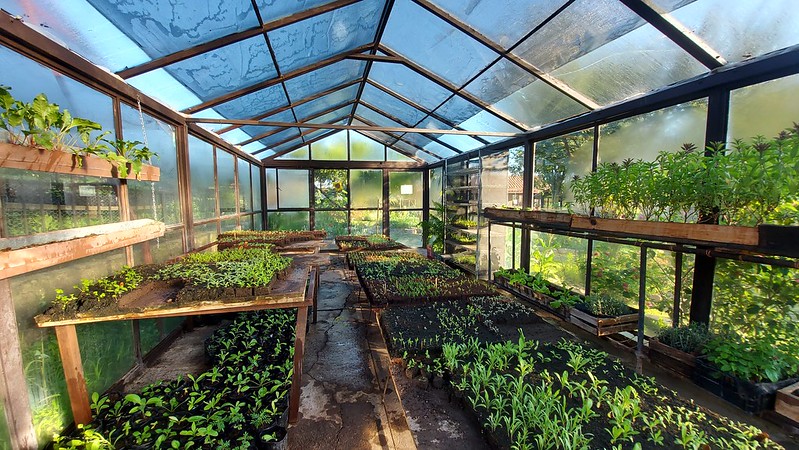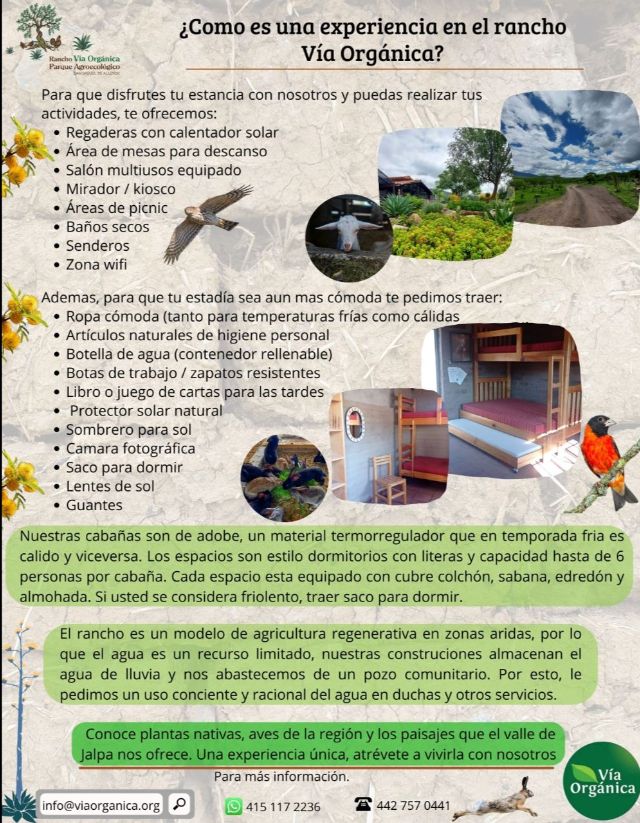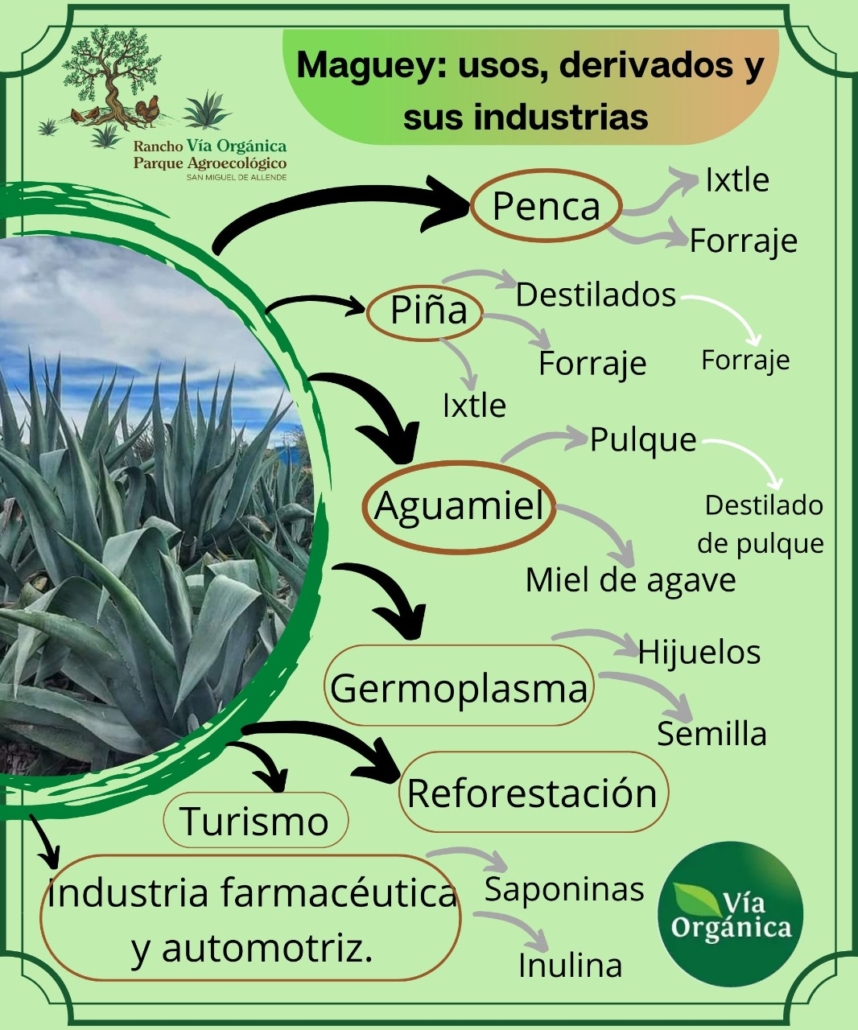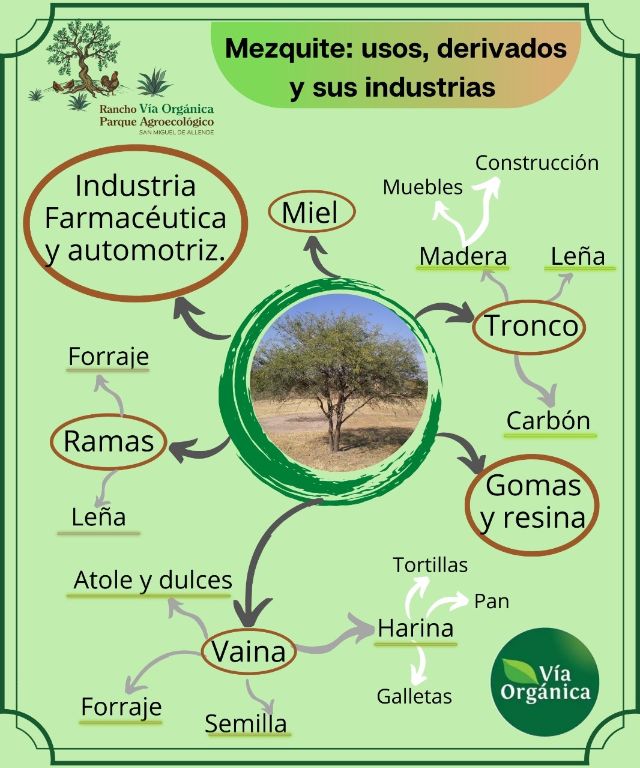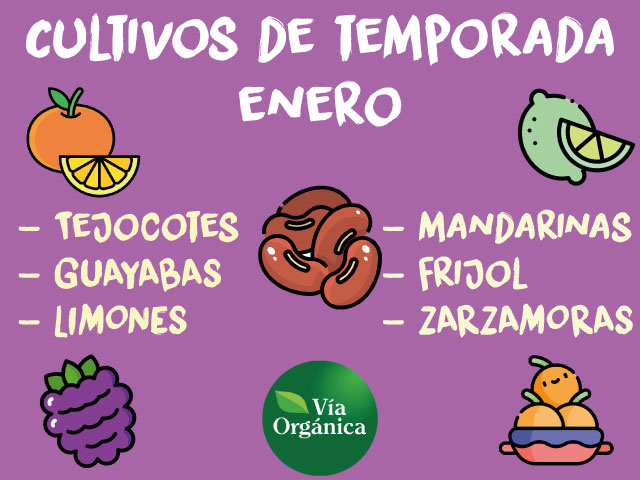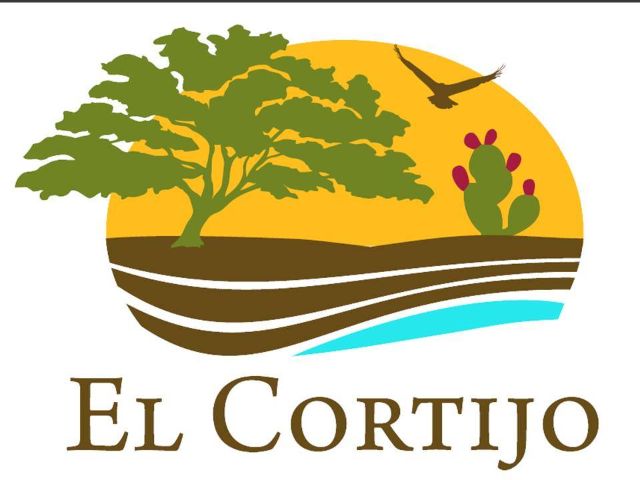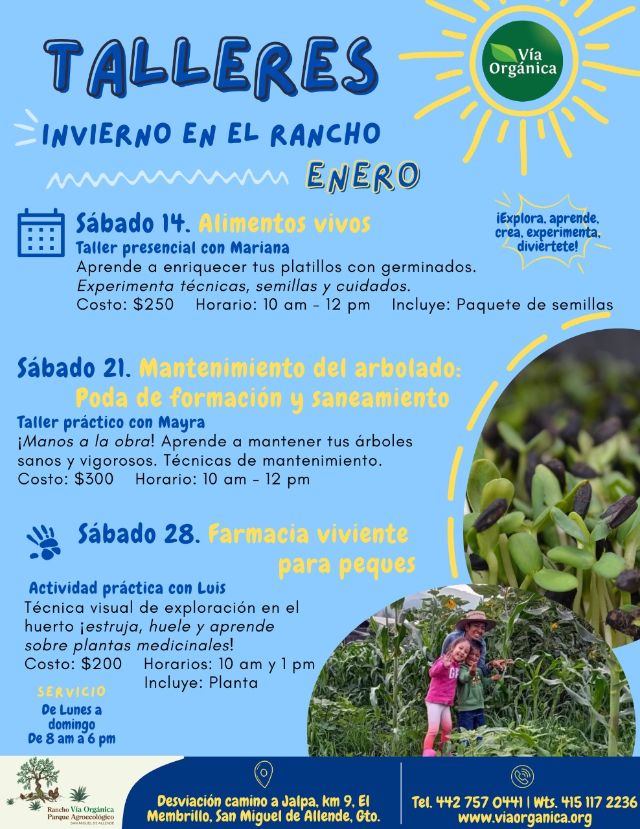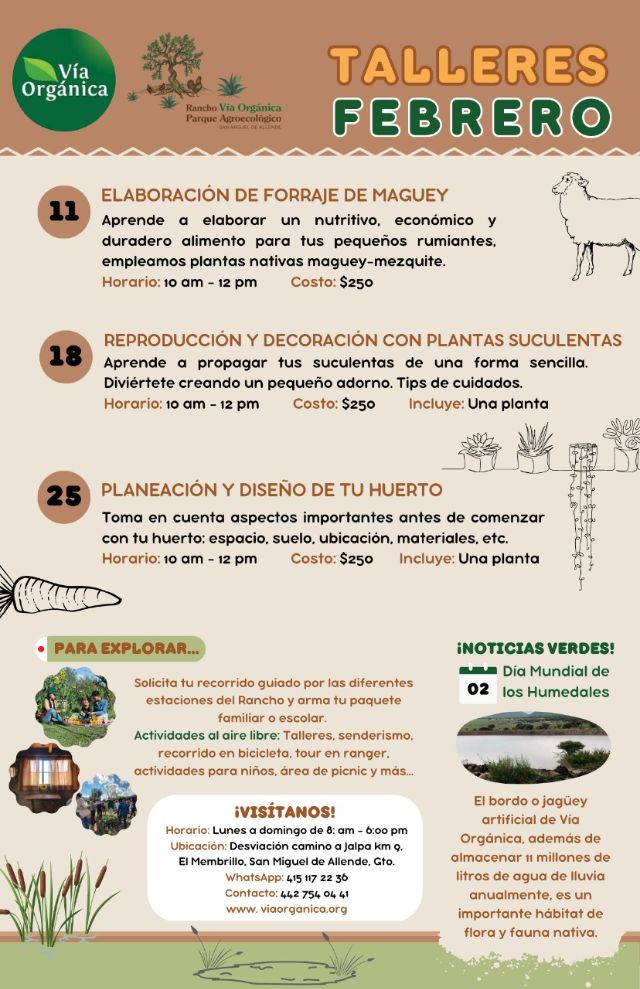OCA often talks about our long term goal: making organic and regenerative food, farming, and land use (and natural health) the norm, rather than just the alternative. As our longtime ally Vandana Shiva points out, this would be “the solution to the soil crisis, the food crisis, the climate crisis, and the crisis of democracy.”
OCA and its allies worldwide are dedicated to addressing critical issues of climate change, soil health, biodiversity, water pollution and scarcity, nutrition, environmental contamination, deteriorating public health, forced migration, economic justice, and rural economic development. But what do we need to do to make this goal a practical reality? What would an “Organic Greater Reset” look like.
We need to stop corrupt politicians and the global elite from subsidizing chemical and fossil fuel-intensive agriculture, GMOs, lab food, and factory farms. We need to pay organic farmers and ranchers, not only a fair price for the food and products they produce, but we need to pay them for sequestering excess atmospheric carbon in soils and above ground plants and trees, as well as providing other key environmental services such as preserving clean water, improving soil fertility, protecting biodiversity, wetlands, and wildlife habitat, and rehydrating and reforesting parched landscapes.
Following recent policy reforms and recommendations in the European Union, strongly supported by our organic allies in the EU, we need raise our expectations and our demands in the US and North America. We need to set a goal of 25% of food and farming being organic by 2030, or as soon as possible.
In global terms this means we need to do everything we can to make certain that 25% of the world’s 600 million farmers become certified organic by 2030. On the individual and community level this means boycotting chemically-tainted and GMO products and buying organic today and every day. It means taking back our health and our health and food choices from Big Pharma, Big Food, Bill Gates, and the WHO. It means practicing preventive and natural health with organic food, natural herbs, and supplements. It means teaching our youth and those victimized by Big Food and Big Chains by example. It means staying out of restaurants and coffee shops, especially the chains, unless they are sourcing local and organic products. It means cooking at home with organic fresh foods and ingredients, boycotting factory farmed meat and animal products and replacing these with grass-fed or pastured alternatives.
It means improving our cooking and home economic skills, and growing as much of our own food as possible in home or community gardens. It means working with family farmers to make the transition to organic and regenerative. Buying direct from organic and local farmers, independent retailers, co-ops, and buying clubs. Looking for “organic plus” add-on labels and producers such as the Real Organic Project, Biodynamic Demeter Organic, American Grassfed Association, and Regenerative and Organic Certified. Last, but not least, demanding that politicians and local institutions stop subsidizing chemical agriculture, GMOs, and highly processed junk food.
There are currently 13.4 million producers certified as organic globally, and an estimated (by the UN) 55 million more farmers producing organically or near-organically, but who are not yet certified for one reason or another. Presently there 16 nations in the world with 10% or more of their farmers certified as organic. The global market for certified organic food and products is projected to be $437 billion dollars in 2026. OCA’s goal, as part of a global movement, is to help the certified organic market grow to 1 trillion dollars by 2030, or as soon as possible thereafter. There are currently over 180 million acres of agricultural land certified as organic and 50 million acres of grazing lands under holistic livestock management. We need 1-3 billion global acres under organic and regenerative management, as soon as possible. This will enable us to move to net zero and “net negative” emissions as soon as possible.
Moving Past Zero to “Net Negative” Emissions
The climate crisis and its collateral damage: severe droughts, floods, violent weather, rising sea levels, and unprecedented phenomena like the disruption of the polar vortex and jet stream (causing extreme cold or heat waves), are real, as every farmer, including myself and those of us in the Regeneration International network, can attest. Don’t let yourself be confused by the fact that the fossil fuel industry, corrupt politicians (both Democrats and Republicans), and would-be global dictators such as Bill Gates, Klaus Schwab, and the World Economic Forum either deny that the climate crisis is real (or important), or else want to use the crisis as an excuse to gain political power, greenwash their corruption, or trample democratic rights and political sovereignty and implement an authoritarian, Chinese Communist Party-style “Great Reset” or New World Order.
Current annual global greenhouse gas emissions are 37 billion tons of CO2e. We need to reach net zero and net negative emissions as soon as possible if we are to avoid runaway global warming, wholesale biodiversity collapse, climate catastrophe, endless poverty-driven conflict, forced migration, and wars. The only way we can do this is to make organic and regenerative food, faming and land use the norm.
Even if the world transitioned to 100% renewable energy tomorrow, this would not stop the ongoing terrestrial temperature and sea level rises and weather extremes. The world will continue to heat up because CO2, unless we can draw it down into our soils and forests, lasts between 300 to 1,000 years in the atmosphere. The heat in the oceans will continue to adversely affect the climate until it slowly dissipates.
We are in the early stages of a climate emergency now. We must reduce greenhouse gas emissions, conserve energy, speed up the transition to renewable energy, preserve and regenerate our forests, restore ecosystems and landscapes, and make organic and regenerative food, farming, and land use the norm, not just the alternative. As organic farmers and consumers we have a crucial role to play.

